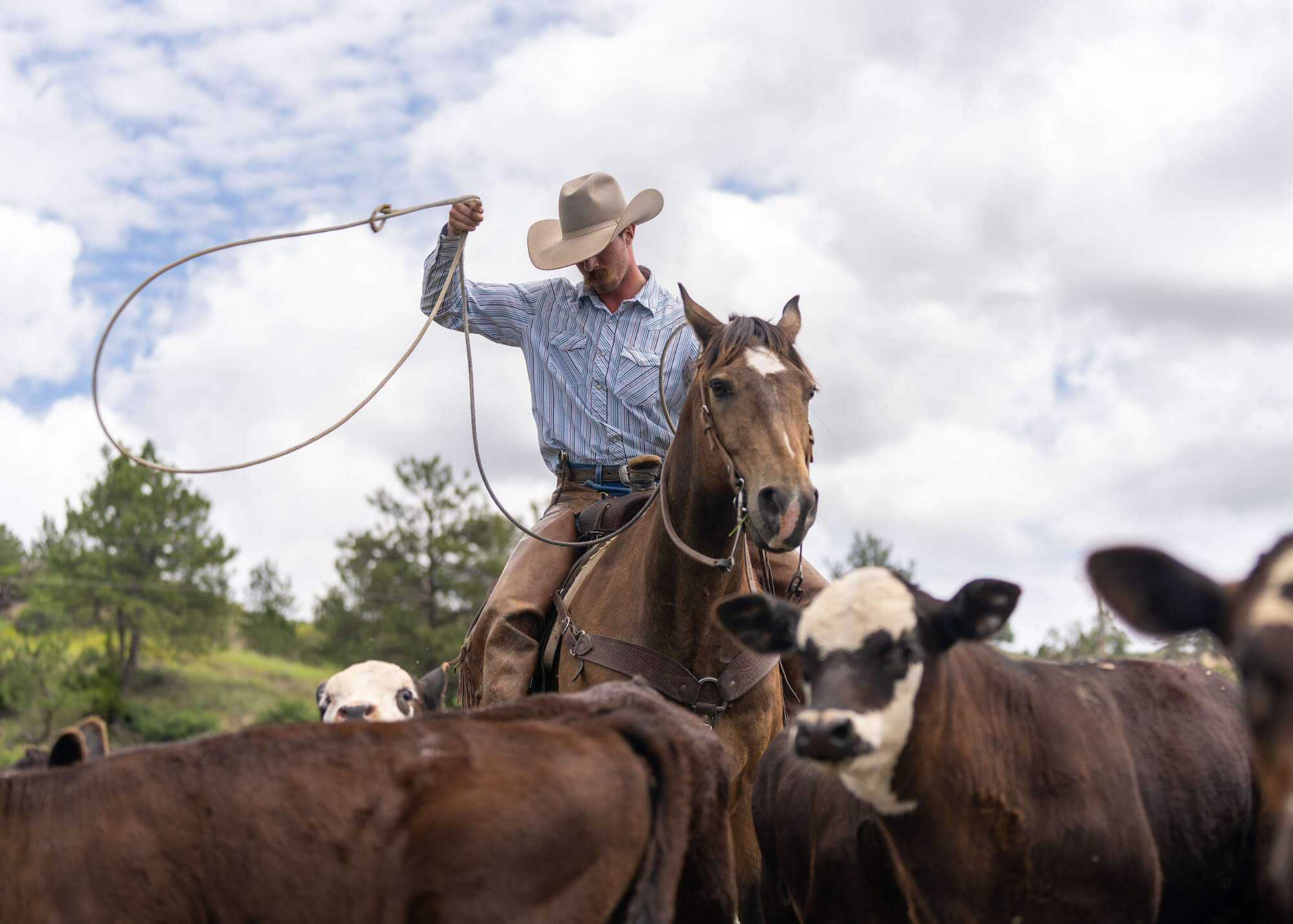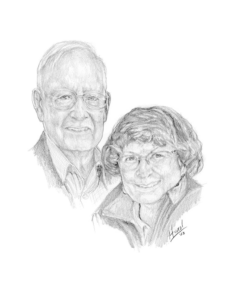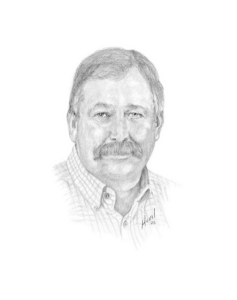Bob Schafer, Mahnomen, Minn., got his start in the Hereford business at a young age on the farm owned and operated by his mother, uncle and grandparents at Buffalo Lake, Minn. Little did folks know the influence Bob would later have on the breed.
After graduating from the University of Minnesota with a degree in animal husbandry and working for the agricultural Extension service, Bob became manager of Schermerhorn Farms of Mahnomen, Minn., in 1956.
Under his management, the operation became a cooperator in the AHA’s dwarfism research, and in 1963, was one of the first to enroll in the new Total Performance Records (TPR) program.
“Nearly 15,000 head would be performance tested over the next 40 years and 1,500 head would have ultrasound carcass data collected,” says Beth Carlson, Minnesota Hereford Breeders president.
In 1965, John Oxley purchased Schermerhorn Farms and combined it with his Oklahoma-based Hereford ranch. Extensive use of artificial insemination ensued. The Oklahoma herd was dispersed in 1976, and the rest of the herd in 2003.
Bob served as manager of Oxley Hereford Ranch for 48 years. Beth says he was most astute at purchasing herd bulls, as well as semen from top sires. The effect of Bob’s careful genetic selection, she explains, is that the OXH prefix is found in many of the breed’s most influential cattle. The list of famed OXH sires is long, and the OXH females are reputed for structural soundness, heavy milk, moderate birth weight, growth and muscle — generally problem-free cows.
Oxley cattle were sold throughout the U.S., as well as in Canada and Australia. Semen made its way to Canada, Australia, Europe, Africa and South America. Oxley cattle were also exhibited various times at regional shows, state fairs and the National Western Stock Show (NWSS). Carloads of bulls were shown for several years at the NWSS.
Bob’s contributions to the breed didn’t stop at Oxley. “Bob has spent his entire life contributing to the respect and growth of the breed through his involvement in local, state and national organizations, including both industry and breed organizations,” says Mark Frederickson, Frederickson Hereford Farm, Starbuck, Minn.
Among his contributions were many years served as president of the Minnesota Hereford Association and on the Red River Valley Winter Show committee. He also represented northwest Minnesota on the Minnesota Beef Council for nine years. During this time Beth notes that he was a driving force behind the development of a hamburger and wild rice beef patty that grew to be very popular.
Oxley Hereford Ranch served as a place of education and entertainment to young and old alike through the many field days, tours, judging team practices and informational seminars held on the ranch over the years. As a respected breeder, Bob was often asked to judge state and county fairs, as well as Register of Merit shows.
“Bob Schafer is an individual whose enthusiasm and dedication to the Hereford breed is undisputed by anyone who knows him,” Mark says.
Bob, too, is a family man. He and Carol, his wife of 54 years, raised five children and now enjoy 12 grandchildren and four great-grandchildren.



